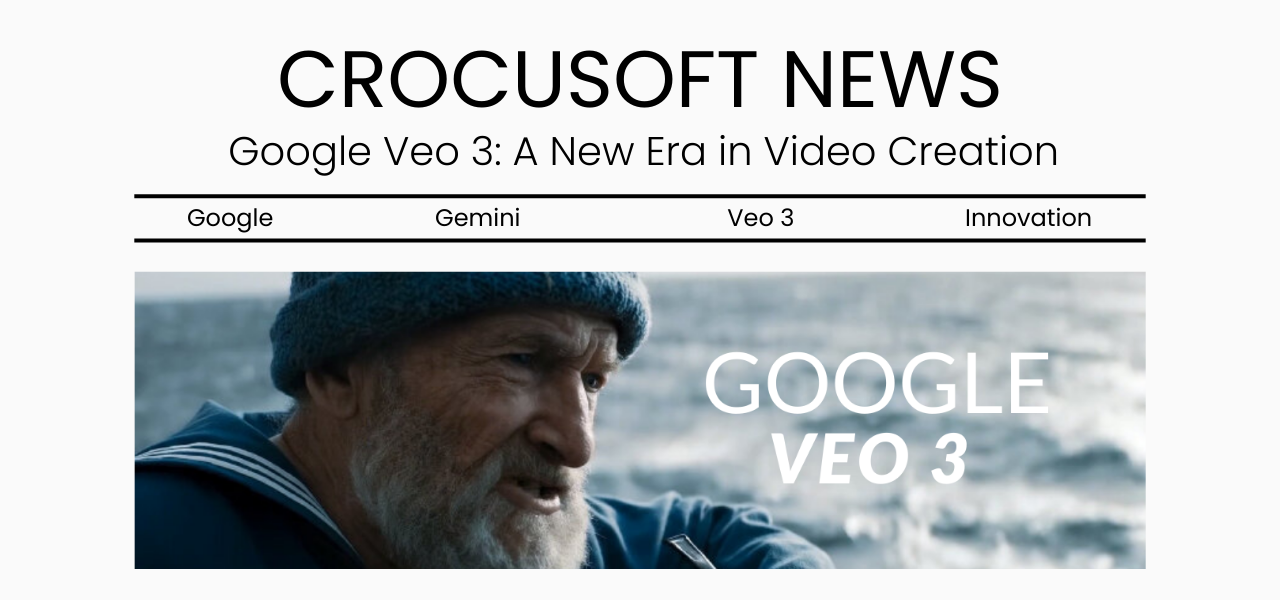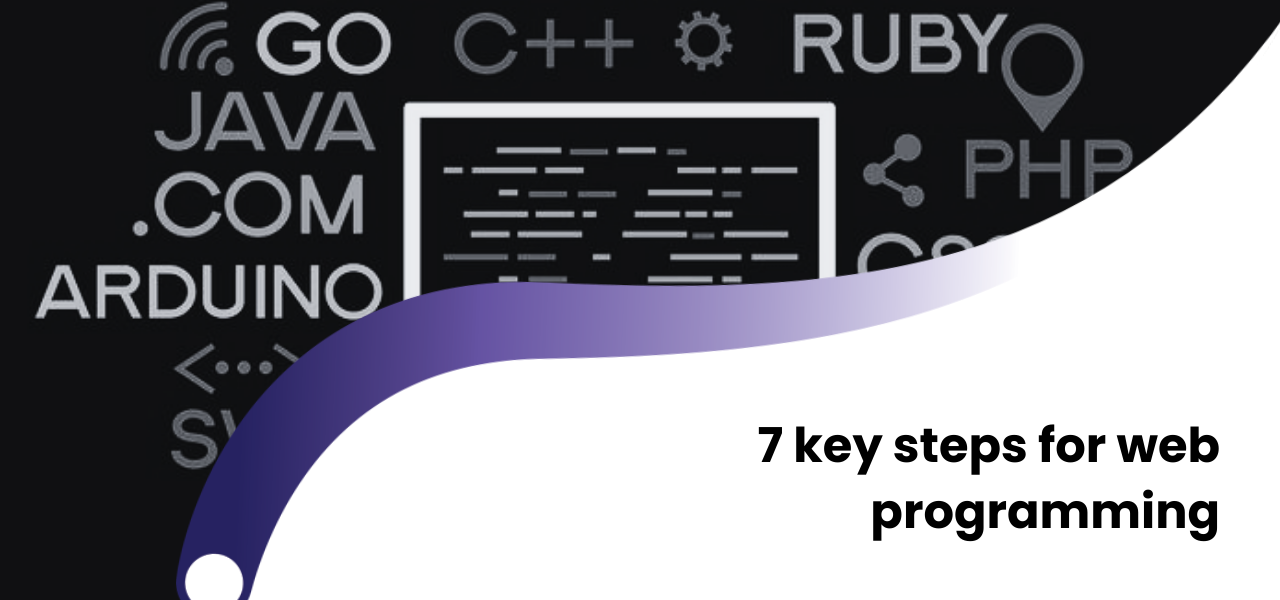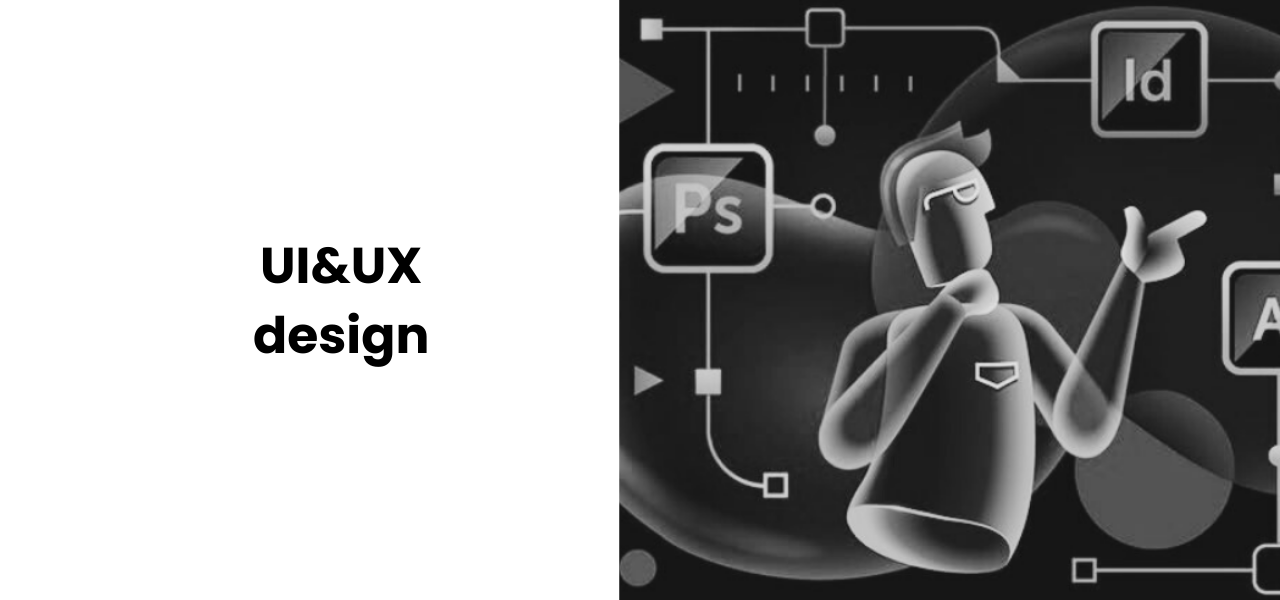Google recently launched Veo 3, a new model for video generation powered by artificial intelligence. Veo 3 can transform text or image prompts into high-quality videos and also add audio to these videos. As a result, it becomes possible to create AI-generated dialogues, background music, and ambient sounds.
Currently, access to Veo 3 is available through the Google AI Pro plan in Gemini or via the Vertex AI platform.
So, what sets Veo 3 apart from other video generators like Sora?
Real-time audio integration
This is one of the key differences between Veo 3 and other generative video tools. Currently, no other AI model fully supports this feature.
“Veo 3 excels at understanding text and images, real-world physics, and accurate lip syncing,” said Eli Collins, Vice President of Product at Google DeepMind.
1080p quality and up to 60 seconds of video
Veo 3 can generate videos in Full HD (1080p) format with a maximum length of 60 seconds. These videos also stand out for their high visual consistency and synchronization. This enables users to create cinematic-quality, realistic videos by simply entering detailed prompts.
Multimodal understanding and directorial elements
Veo 3 incorporates multimodal AI understanding. This means the model not only comprehends text and images, but also understands stylistic direction, camera movement, lighting, color tone, and atmosphere. These capabilities make the generated videos feel more natural and visually rich.
These innovations clearly show how generative AI for video and image creation is rapidly gaining popularity. OpenAI CEO Sam Altman stated in March that the image generator in ChatGPT-4o became so popular that the company’s computing chips “literally melted.”
Veo 3 offers users a new creative platform for generating high-quality, audio-synchronized, and natural-looking videos. Of course, there are still some limitations — such as prompt drift and occasional visual glitches — but overall, the core experience is exciting and full of potential.
 +994512060920
+994512060920





